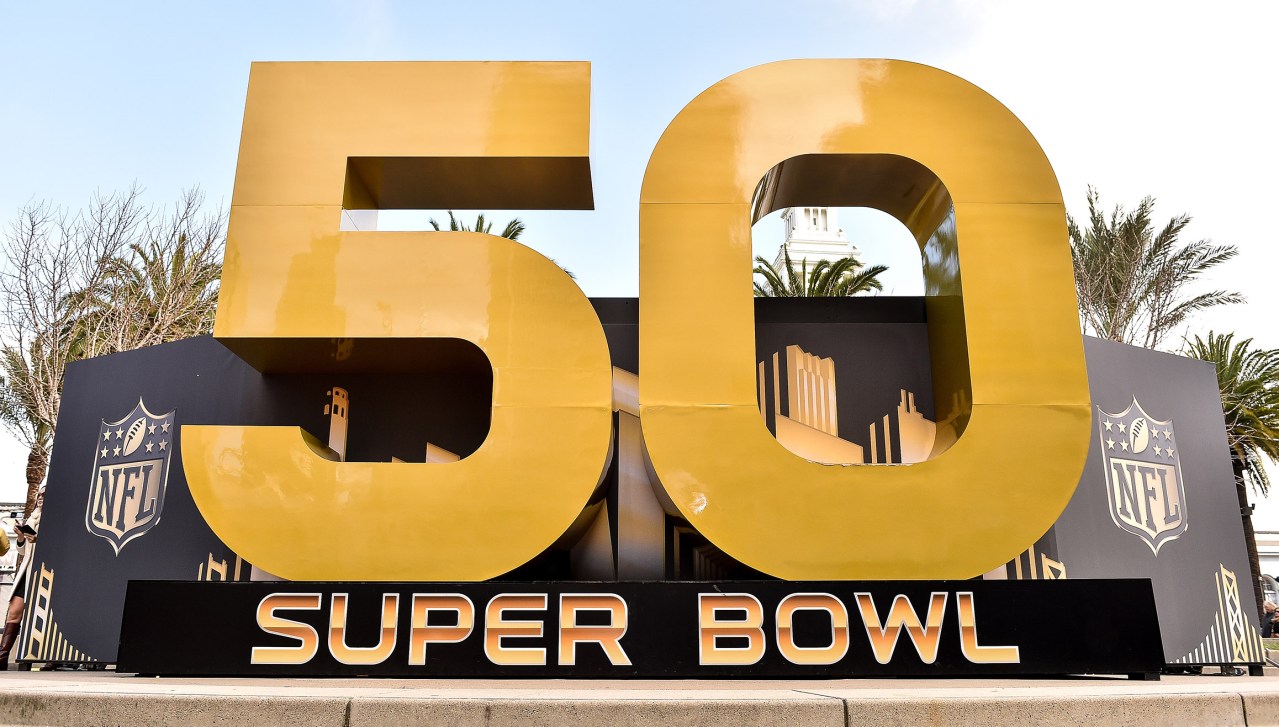The Evolving Technology Of The Super Bowl

As football fans gear up for the 50th anniversary of the Super Bowl this Sunday, we can expect to see not only a great athletic game, but a host of dazzling new technology at play behind the scenes, working to seamlessly bring the game to millions of viewers. To really appreciate how sophisticated this sport has become, here’s a look at some of the ways Super Bowl technology has evolved in the last fifty years.
Camera Tech Has Come a Long Way
Back in 1967, Super Bowl 1 aired to viewers simultaneously on NBC and CBS—the only game to have been aired by two major networks at the same time. Unfortunately most of the footage from the game was wiped, as was standard practice at the time. Just this year the NFL was able to locate all 145 plays of the game on a few dozen different sources, stitch them together, enhance and color correct the footage, to bring the game back to life for the first time. The daytime game features tons of empty seats, despite $12 tickets, and of course no jumbo screen or pyrotechnics filled halftime show.
While Super Bowl 1 is a fun throwback for film buffs, camera technology has come a long way in the past fifty years, and so too has the viewing experience. For this year’s 50th anniversary, CBS Sports is debuting exciting new cameras to bring television viewers even closer to the live event experience. With last year’s game bringing in a record 140 million viewers, this year’s anniversary match between the Panthers and the Broncos is the perfect time to show off new technology.
CBS will have a suite of 70 cameras filming the Super Bowl, which is a big jump from the 40 cameras that covered last year’s game. The showstopper from the new cameras is sure to be the Eye Vision 360, a replay camera that can freeze any moment of play and circle 360 degrees around it, and then continue the play.
With a fleet of 36 cameras mounted near the red zone at the 25 yard line, the placement will allow the cameras to capture the entire field, and then render together into 360 degree views for replays.
Instant replay has become such a pivotal part of how football is both watched and played, so it’s easy to forget that it wasn’t until 1986 that the NFL first implemented a limited instant replay system.